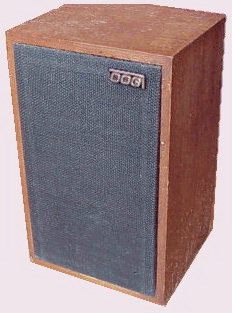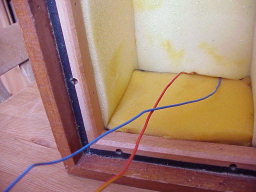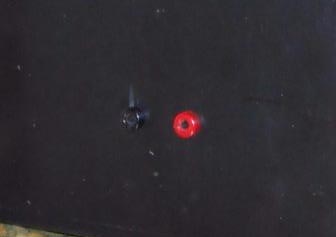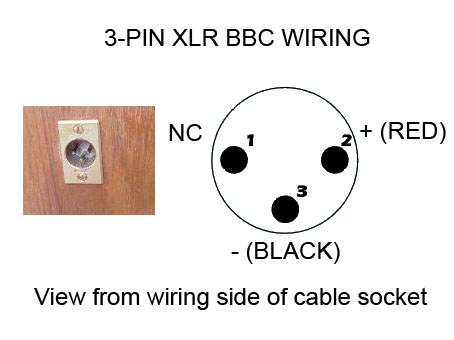The LS3/5A Cabinet
The LS3/5A cabinet is based on the work done by BBC Research Department and which was published by Harwood and Matthews in BBC RD 1977/3.
The cabinet external dimensions are 31 x 19 x 16 CM giving a internal volume of close to 5 litres. Early BBC Reference LS3/5As used 9mm plywood but the cabinet walls in manufactured LS3/5As are made from 12mm (0.5 inch) selected birch plywood. No additional bracing is used on the cabinet walls.

Because of the critical nature of the design it was found that Beech must be used for the internal fillets. The use of any other hardwood produced an audible colouration caused by the resonance of the B110 on its chassis. The cabinet walls are lined with Dedsheet car body damping panels, a single layer is used on the side walls and two layers on the top and bottom. All internal surfaces except the front panel are lined with polyurethane foam; 25mm thick on the top & bottom and 16mm thick on the sides. The cabinet, including the screw holes, is carefully sealed.

The manufacturers were free to use any connectors they wished for the cables on consumer units. Early Chartwells and Goodmans supplied theirs with a simple screw terminal strip, Audiomaster & Rogers among others the common 4mm Banana socket.
The BBC specified the use of a male chassis 3-pin XLR on all units supplied to them.
I can supply XLR to 4mm adapters to allow you to easily use exiting loudspeaker cables.
To open the cabinet first remove the grille. It is held on with Velcro and just pulls off. If necessary use a plastic tool like an expired credit card to lever between the cabinet edge and the grille. Never use a metal tool like a screwdriver, it is likely to damage the cabinet veneer.
The baffle is fixed by 8 screws around the edge. They may be hidden under the Velcro. Once removed the baffle can be pulled forward. The drive units and crossover are mounted on the back of the baffle. The crossover is mounted above the T27 tweeter with a felt damping pad between them.

Peter Lotter’s cabinet drawings. Peter has deconstructed a LS3/5A cabinet and produced a set of drawings which he has kindly allowed us to reproduce.



